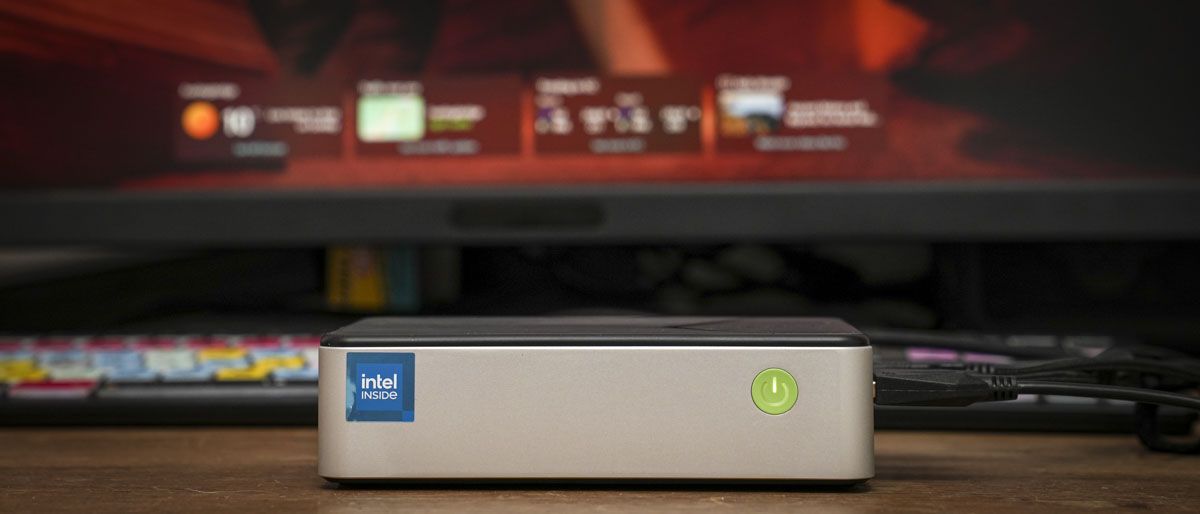
Transition to a New Era of Open Source Technology.
The risk of proprietary and closed-source software prevailing in the technological landscape.
The practice of developing publicly accessible technologies and avoiding monopolies of closed, private infrastructure was a crucial technological movement in the 1990s and 2000s. At that time, the open-source software movement was considered a form of "digital civic duty," democratizing access to technology. However, while the ethics of the movement are still present in much of today's technological landscape, its evolution has presented significant challenges for its pioneers.
The open-source model paved the way for the development of a variety of technologies, promoting a culture of knowledge sharing, collaboration, and community. Unfortunately, monetizing these projects has been a constant struggle, and ensuring that contributors are compensated for their work is even more complicated. In contrast, closed-source projects offer greater control, security, and competitive advantages through proprietary innovation. These models allow companies to protect their intellectual property and maintain strategic differentiation in the market, providing them with better funding and higher profits.
This may explain why new generations of programmers prioritize financial gain over ideology. Nonetheless, there are also technological disadvantages in the debate between open-source and closed-source models. Many of the languages used to develop traditional open-source technologies have been surpassed by more popular alternatives, especially with the rise of generative artificial intelligence tools like ChatGPT. In the past three years, Python has emerged as the preferred language for those starting to code, according to the 2024 Developer Survey.
Python was already an established language, but at the time, C and C++ dominated system programming and performance-critical applications, while Perl and PHP drove the early growth of web development. Although these languages have not completely fallen into disuse, Python has positioned itself as the primary language in the field of artificial intelligence, attracting the attention of new programmers.
The appeal of developing proprietary systems in startups or large tech companies is understandable for young developers seeking both inspiration and remuneration. With artificial intelligence charting a new course in technology and the rise of competition, it was believed that closed development would remain the norm—until the launch of DeepSeek.
In December 2024, DeepSeek introduced DeepSeek-V3, an advanced open-language model designed to enhance performance in math, programming, and language tasks. Regardless of the debates surrounding the security implications of its use, it is undeniable that its release significantly impacted the artificial intelligence ecosystem and reignited the discussion over open-source versus closed-source programming.
DeepSeek's commitment to open-source artificial intelligence models has sparked relevant conversations about openness and collaboration in AI development, potentially becoming a catalyst for reigniting interest in open-source development among young programmers. While these projects ultimately seek profitability, they also democratize artificial intelligence and provide opportunities for collaboration within the developer community.
While this development is positive, finding the right balance between open-source and closed-source technologies is crucial for long-term innovation and business success. Open-source approaches foster rapid innovation, build trust among developers, and create a foundation for community-driven enhancements. Additionally, they offer transparency and flexibility, allowing developers to adapt and scale solutions quickly. However, relying solely on open-source can expose companies to security risks, intellectual property disputes, and limitations in support.
The key to success for new programmers and companies lies in adopting a hybrid strategy. Combining open-source for basic infrastructure and agile development while building proprietary layers to create value differentiation can ensure long-term scalability and security. By integrating the strengths of both approaches, developers can innovate more rapidly, while companies reduce costs and maintain their competitive edge, protecting their intellectual property and enhancing customer trust. This approach balances the collaborative power of open-source without sacrificing the strategic benefits of proprietary technology, better addressing the needs of the next generation of coders.



